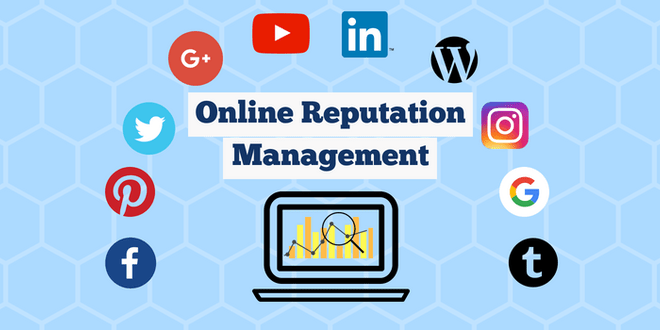In an increasingly digital world, enterprise technology infrastructure is growing at an exponential rate. Between cloud services, SaaS subscriptions, mobile devices, and traditional telecom, managing these costs has become a complex undertaking.
Technology expense management empowers organizations to gain control over their IT and communication spend. More than just an accounting function, modern TEM is a strategic process that drives operational efficiency, enforces accountability, and enhances decision-making with real-time insights.

Content
Understanding Technology Expense Management
Technology expense management (TEM) encompasses the systems, services, and workflows used to manage and optimize all technology-related costs across an enterprise. Initially limited to telecom invoice tracking, today’s TEM solutions include cloud expense management, SaaS license optimization, device lifecycle management, and contract compliance.
5 Hidden Pitfalls That Drain IT Budgets
Failing to manage technology expenses proactively can lead to substantial losses. Let’s break down seven common pitfalls that enterprises must avoid:
- Siloed systems with no unified view
Different departments manage their own subscriptions, leading to overlapping tools and no centralized visibility. - Unmonitored SaaS and cloud usage
Orphaned accounts and unassigned licenses continue to generate costs long after employees leave or projects end. - Missed contractual deadlines
Auto-renewals for underused tools go unnoticed, locking companies into another 12 months of avoidable expenses. - Vendor overbilling
Without invoice audits, incorrect charges often go undetected and unchallenged. - Manual reconciliation errors
Spreadsheets and email chains are prone to human error, especially with high transaction volumes.
By recognizing and addressing these challenges early, you can recover wasted spend and establish a foundation for long-term savings.
5 Smart Strategies for Optimizing Technology Expense Management
1. Centralized Invoice Retrieval & Audit Automation
The first step toward financial clarity is consolidating all invoices—from telecom providers to SaaS vendors—into one platform. Modern TEM tools not only pull these invoices automatically but also perform audits using AI to detect billing anomalies, contract breaches, or excess usage.
Why it matters:
Audit automation helps enterprises recover up to 10-15% in erroneous charges annually. It also frees up internal teams to focus on more strategic initiatives.
2. Dynamic Cost Allocation & Chargeback
Instead of relying on flat percentages or outdated usage data, dynamic cost allocation assigns technology costs based on actual consumption. This encourages departments to use services efficiently and reduces internal billing disputes.
Pro tip:
Integrating your TEM platform with ERP or accounting systems streamlines internal chargebacks and enhances cost accountability across business units.
3. Unified and Standardized Reporting
Consolidated dashboards and standardized reporting formats provide a single source of truth. Decision-makers can view monthly cost trends, vendor performance, usage anomalies, and budgeting forecasts in just a few clicks.
Use case:
CFOs can compare IT spend against revenue contributions by region or product line—driving more strategic investments in tech.
4. Proactive Dispute & Bill Pay Management
A reactive approach to billing issues can result in late fees or prolonged vendor friction. With proactive dispute workflows, your TEM system logs issues, assigns ownership, and ensures resolution within SLA timelines.
Meanwhile, integrated bill pay features automate vendor payments, reducing administrative overhead and eliminating missed due dates.
Bonus benefit:
Automated reminders and dispute logs help maintain vendor accountability and can be leveraged during contract renewals.
5. Lifecycle Contract & Disconnect Oversight
TEM is not just about current spend—it’s about planning ahead. Lifecycle management tools notify you of approaching contract expirations, suggest cost-saving alternatives, and automate disconnects for unused lines, licenses, or services.
What you gain:
No more paying for ghost licenses or inactive devices. Every service has a purpose—and an end date.
Emerging Trends in TEM You Shouldn’t Ignore
- AI-driven optimization: Predictive analytics and pattern recognition help forecast usage and identify areas for improvement.
- Cloud-native TEM platforms: Designed for hybrid work and remote teams, these platforms handle modern infrastructures more efficiently.
- Sustainability and ESG alignment: By identifying redundant or energy-intensive tools, TEM contributes to environmental, social, and governance (ESG) goals.
- Integration with FinOps and ITAM: Advanced organizations are combining TEM with financial operations and asset management to gain a holistic view of value vs cost.
Conclusion
Technology expense management isn’t just a finance function—it’s a strategic lever for operational agility and financial discipline. As your digital ecosystem grows, so must your ability to monitor, optimize, and justify every dollar spent.
It’s time to say goodbye to fragmented billing, buried costs, and budget surprises. The future of TEM is smarter, faster, and fully aligned with your business goals.
FAQs
What is Technology Expense Management (TEM)?
Technology expense management is the discipline of tracking, analyzing, and optimizing all technology-related costs across an enterprise—including telecom, cloud, SaaS, and IT services.
How does a TEM solution help enterprises save money?
TEM platforms automate invoice audits, reduce overcharges, ensure timely contract renewals, and provide visibility into underused assets—helping companies avoid waste and improve budgeting.

Bradley attended Boston University where he received a Bachelor’s degree in Economics and Political Science as well as a Master’s degree in Business Administration from Columbia University Graduate School of Business (currently attending). He loves to write about everything business related.





